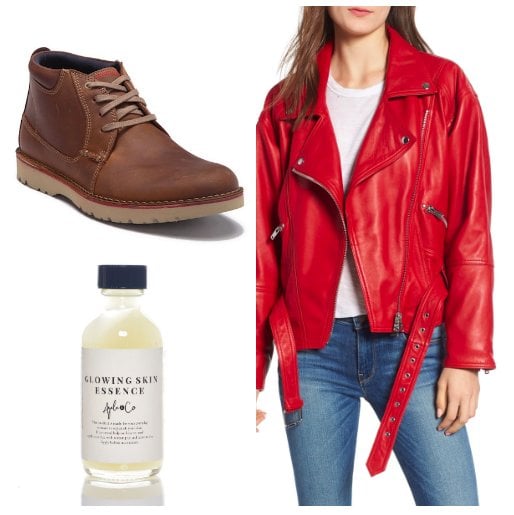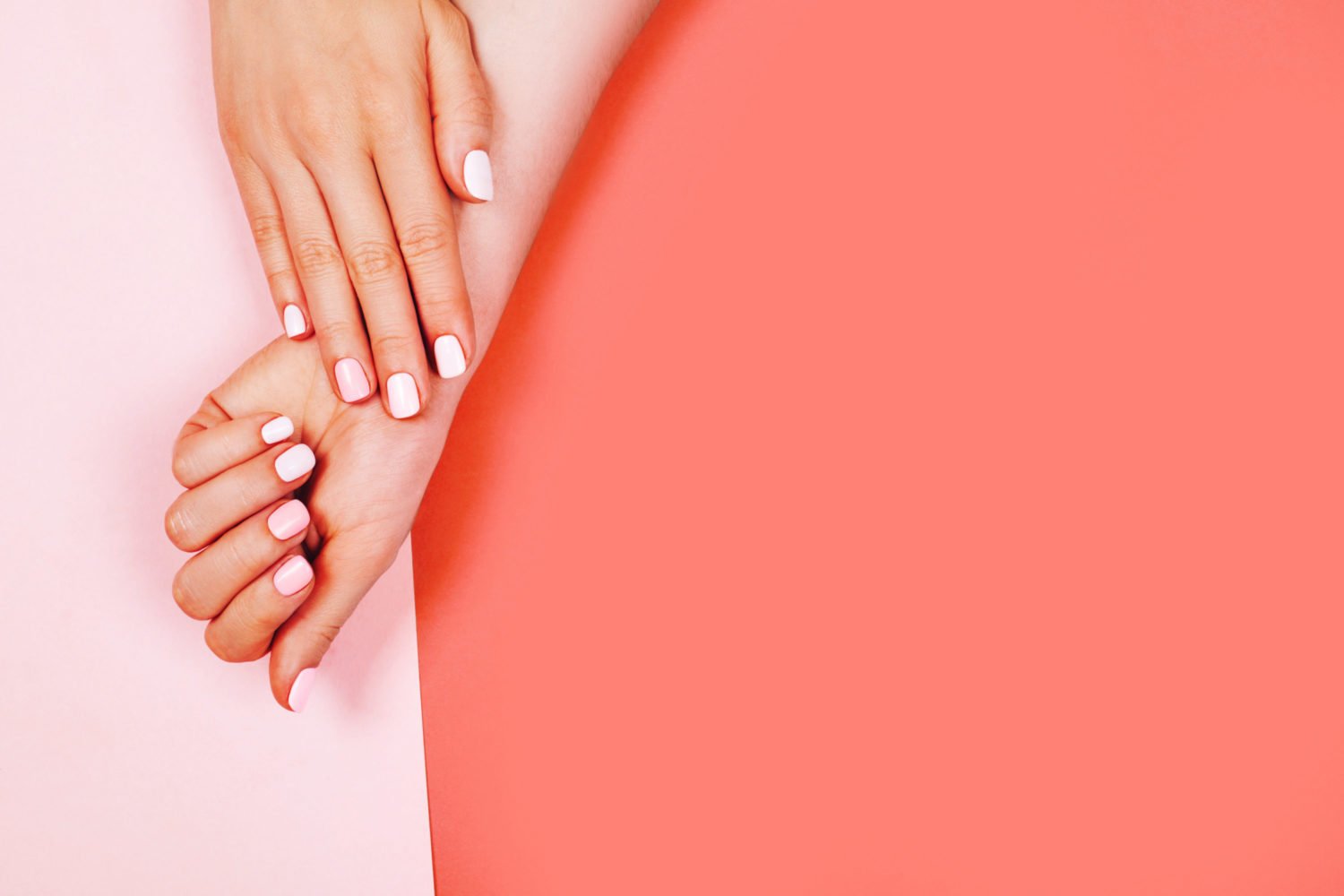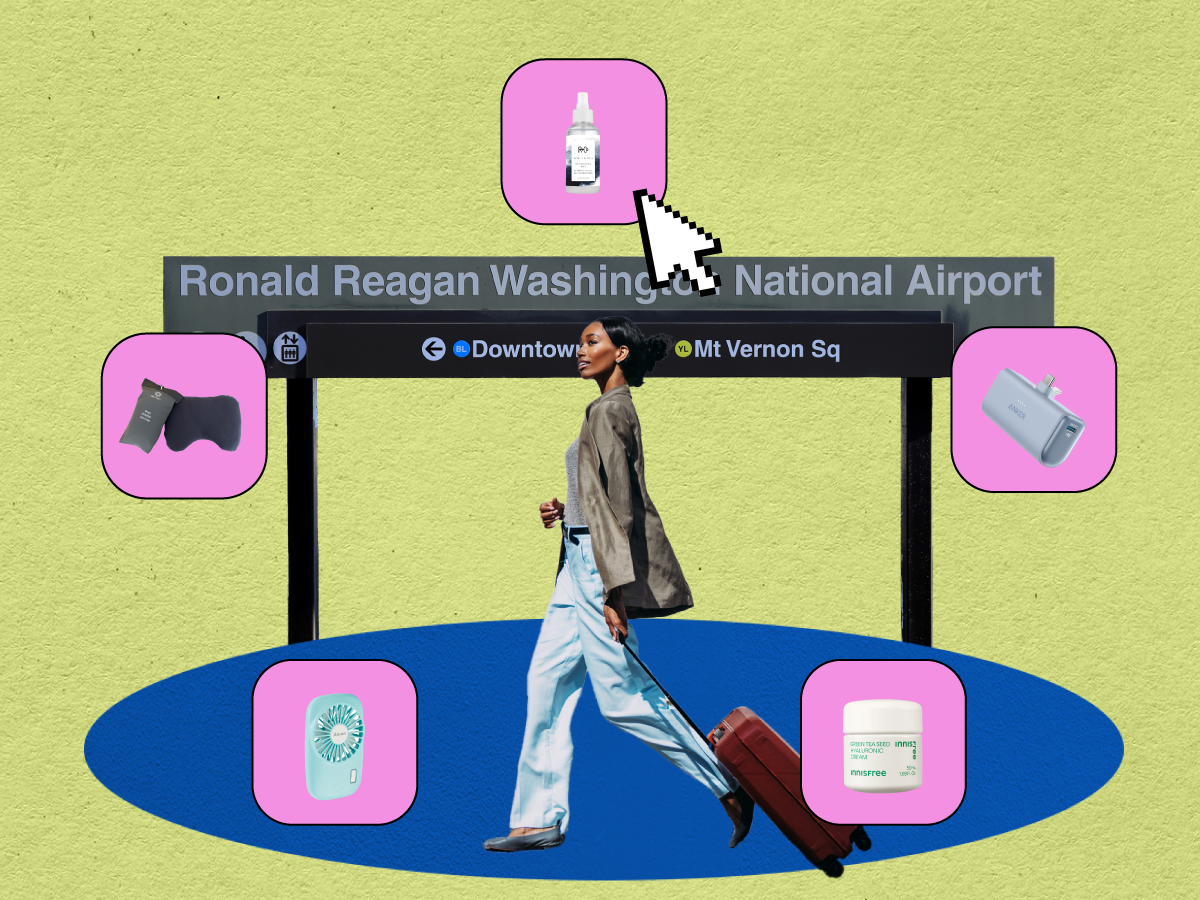1. Do your homework.
While the Food and Drug Administration doesn’t regulate a definition for the term “natural,” companies may use the word on labels only if it’s truthful and not misleading. Look carefully at ingredients.
“Do some investigating—find out what the company means when they say natural,” says Farah K. Ahmed of the Personal Care Council. If a product claims to be natural or naturally derived, the brand will typically go into more detail on its website regarding its approach, including whether that includes fair-trade practices, sustainable processes, and organic ingredients. You can also check for certification, such as a seal from groups like the Natural Products Association or Ecocert, or the USDA’s organic certification. Remember that a product may still be all-natural even if it doesn’t have a seal.
2. Start with the products that are on your skin longest.
If you don’t want to replace all your beauty products at once, start with body and face lotion, cosmetics, and deodorant.
“Think about what sits on your skin all day,” says Tara Foley, a Washington native who owns Follain, a natural-beauty store in Boston and Nantucket. “Your body wash and shampoo are important, but they’re on your skin for seconds and then go down the drain.”
3. Shopping for soap? Skip antibacterial versions.
Antibacterial soap usually contains the chemical triclosan, which advocacy groups say may be contaminating water supplies. “There’s also research that shows they may disrupt the thyroid,” says Heather White, executive director of the nonprofit Environmental Working Group (EWG). “And one of the concerns is that these chemicals can lead to antibiotic resistance.”
Bottom line: The FDA says plain soap and water are just as effective. If you need a hand sanitizer, try ethyl alcohol.
4. Avoid anything that includes the generic word “fragrance” in its ingredient list.
“It’s a catchall term for a chemical cocktail,” White says. The exact mix varies, and it’s often proprietary information, but tests commissioned by the Campaign for Safe Cosmetics found an average of 14 chemicals in 17 name-brand fragrance products—none of which were listed on the labels. Frequently the combo includes diethyl phthalate, a controversial synthetic. One way around the issue: Buy scent-free when you can.
5. When picking a sunscreen, choose mineral and physical barriers instead of chemical ones.
Oxybenzone is a common chemical sunscreen filter that has been found in the bodies of almost all Americans, according to the Centers for Disease Control and Prevention, and some groups such as EWG voice concern that this chemical mimics estrogen and can possibly disrupt the hormone system. But that doesn’t mean you should skip sunscreen.
Instead try a sunscreen with zinc oxide or titanium dioxide—both mineral blockers that can’t easily penetrate the skin—and use such physical barriers as clothing, sunglasses, and hats.
6. On a tight budget? Look in your grocery aisles.
There are plenty of more affordable, single-ingredient, straight-from-nature items in the supermarket that can double as skin care.
“Cold-pressed coconut oil is an amazing low-cost product that you can use to cleanse, to take off makeup, to moisturize,” Foley says, citing one example. “And tea-tree oil is an antiseptic that’s great for anyone with acne or oil-prone skin.”
This article appears in the July 2014 issue of Washingtonian.



















